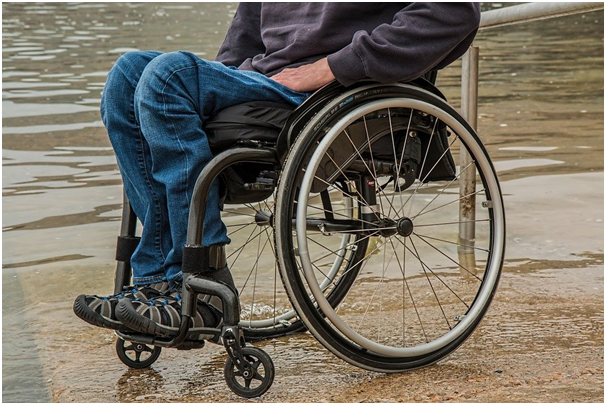Elderly or dependent people can find it challenging to carry out daily activities such as moving around, cooking, or doing housework.
Not being able to move freely causes them uneasiness and further exacerbates the feeling of not being independent.
On the other hand, caregivers for the elderly or physically-impaired often do not have sufficient means to care for these people, which makes their work extremely difficult.
To help you find the support product best suited for your or a family member’s needs, below is a series of recommendations that will make life more comfortable.
However, remember that it is always recommended to consult with a professional to assess the dependent person’s needs and decide which support product is more appropriate.
Canes
Canes are designed for people who still can walk but require some support to do so or to avoid an accident.
Besides, they can help balance and release pressure from the joints. They are a popular choice both with the elderly and people in rehabilitation processes.
Several models are available, made of different materials and specific characteristics to perfectly adapt to the person who will use them.
A Wheelchair
Wheelchairs provide mobility for patients who cannot or have great difficulty walking. Some models are self-propelled and provide stability for travelling over uneven terrain and going up and down sidewalks or small steps.
Others are designed to be pushed by an assistant, but they provide less stability and speed. A one-handed or half-height wheelchair is best suited for hemiplegic patients with good coordination.
If patients have little or no arm function, a motorized wheelchair is indicated.
Scooters
Mobility scooters are battery-powered carts on wheels, with a steering wheel or handlebars, speed control, and the ability to move forward and backward.
They are used on firm surfaces, inside and outside buildings, but cannot climb edges or stairs. Scooters are best for people who can stand, walk short distances, transfer to and from the scooter, but lack the strength and stamina to walk long distances.
Walkers
Walkers are orthopedic devices that help a person walk by providing support for their extremities.
Their main advantage is that they considerably increase a patient’s stability and balance. It is also essential to note that they provide excellent psychological safety to the patient who uses them since they lose the fear of falling by having the help of a device that guarantees stability.
Guide Dogs
Guide dogs are animals trained to guide those who are blind or visually impaired. Guide dogs are only one of the types of service dogs that exist, possibly the oldest and most well-known.
These animals are trained to recognize and avoid obstacles, both static and in motion, at ground level or above.
They help people climb stairs or avoid unevenness in the pavement and look for access doors and free seats in public transport.
Prosthetics
Prosthetics are artificial body parts, most often designed to replace lower or upper limbs after amputation.
Innovative technologies have greatly improved the comfort and functionality of prosthetics. Today, they can be modified to appear natural to the naked eye.
Crutches
Crutches are orthopedic devices that allow direct support under the armpit and provide excellent stability and balance.
They have the advantage of being a hands-free mobility aid. In general, crutches are used by patients who have suffered an accident and are going through a recovery process.
At first, many people find it challenging to use them, but they become more comfortable over time. Currently, their use is in decline because they are not very aesthetic.
This article has shown you seven mobility aids with a brief explanation to help you decide which one is the most appropriate.
However, if you want to know more about how each of them works and know the different options available, check the Active Mobility page to find all the information you need.

